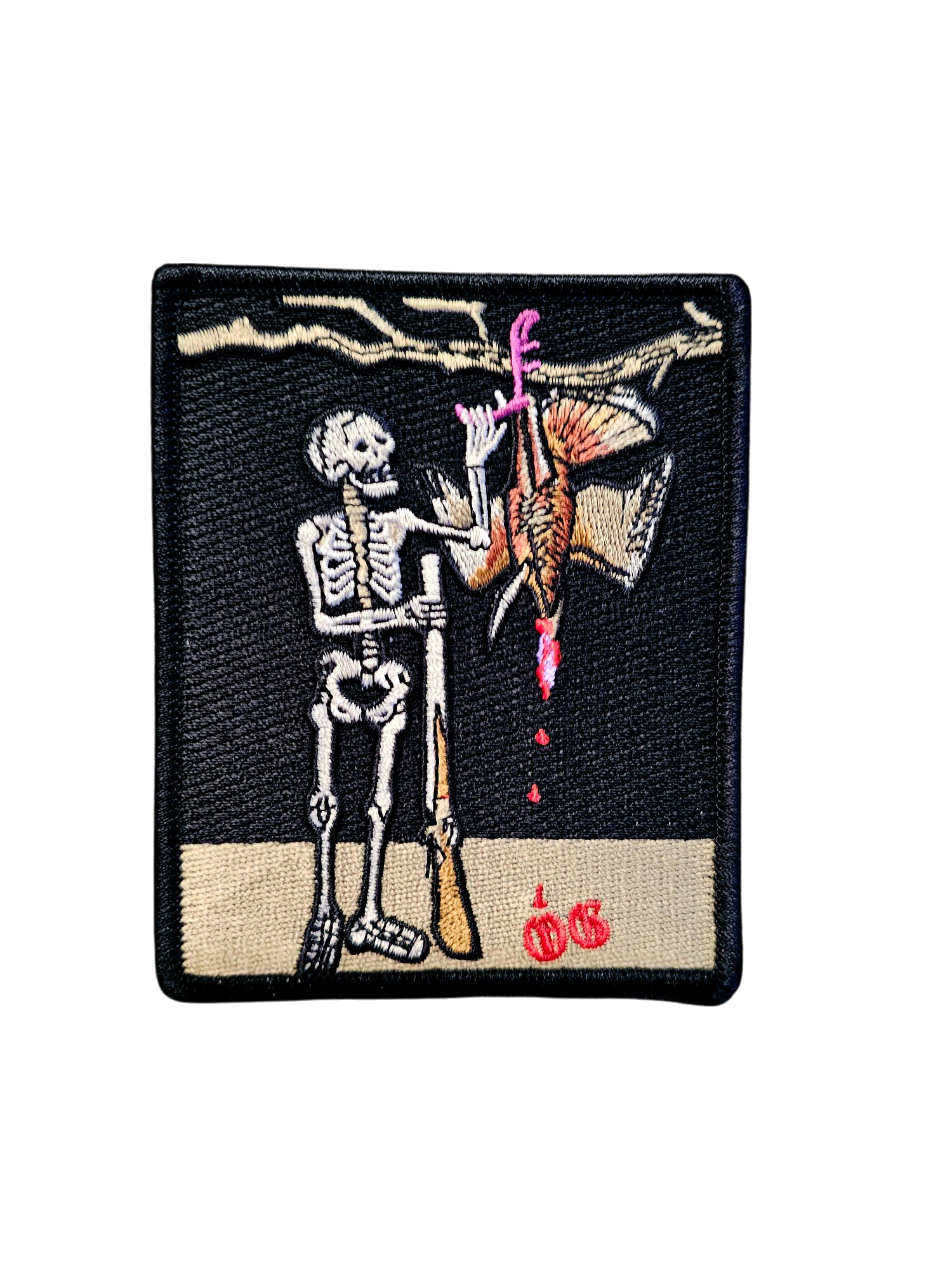 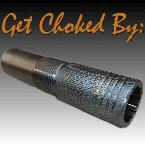 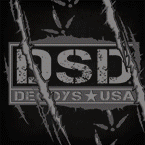 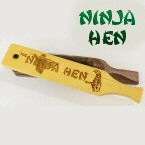 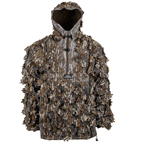 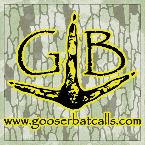 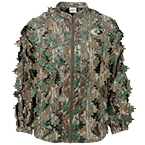 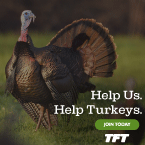 |
Reading Hens / Gobbler StageStarted by Greg Massey, May 13, 2025, 12:05:13 PM Previous topic - Next topic
User actions
|
        |
Reading Hens / Gobbler StageStarted by Greg Massey, May 13, 2025, 12:05:13 PM Previous topic - Next topic
User actions
|